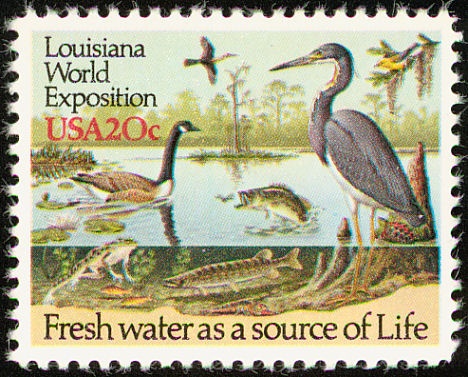In the first national-scale investigation of neonicotinoids in streams, the U.S. Geological Survey found that in more than half of urban and agricultural streams sampled, the pesticide could be detected. The study, conducted from 2011 to 2014, is published in Environmental Chemistry. It spanned 24 states and Puerto Rico and was completed as part of ongoing USGS stream sampling. "In the study, neonicotinoids occurred throughout the year in urban streams while pulses of neonicotinoids were typical in agricultural streams during crop planting season," said USGS research chemist Michelle Hladik, the report's lead author. "The occurrence of low levels in streams throughout the year supports the need for future research on the potential impacts of neonicotinoids on aquatic life and terrestrial animals that rely on aquatic life," said USGS scientist Kathryn Kuivila, the research team leader. "These results will serve as an important baseline for that future work." The study is the first step in setting priorities for exposure experiments and identifying adverse effects to animals and wildlife near or in streams. Agriculture groups and others have been monitoring discussion about neonicotinoids' effects on non-target insects, especially pollinating honey bees and native bees.
Source: Farm Futures, August 19, 2015
http://farmfutures.com/story-national-usgs-study-finds-neonics-urban-ru…
Reference:
Michelle L. Hladik, Dana W. Kolpin , Environ. Chem. 2015,
http://dx.doi.org/10.1071/EN15061
To better understand the fate and transport of neonicotinoid insecticides, water samples were collected from streams across the United States. In a nationwide study, at least one neonicotinoid was detected in 53 % of the samples collected, with imidacloprid detected most frequently (37 %), followed by clothianidin (24 %), thiamethoxam (21 %), dinotefuran (13 %), acetamiprid (3 %) and thiacloprid (0 %). Clothianidin and thiamethoxam concentrations were positively related to the percentage of the land use in cultivated crop production and imidacloprid concentrations were positively related to the percentage of urban area within the basin. Additional sampling was also conducted in targeted research areas to complement these national-scale results, including determining: (1) neonicotinoid concentrations during elevated flow conditions in an intensely agricultural region; (2) temporal patterns of neonicotinoids in heavily urbanised basins; (3) neonicotinoid concentrations in agricultural basins in a nationally important ecosystem; and (4) in-stream transport of neonicotinoids near a wastewater treatment plant. Across all study areas, at least one neonicotinoid was detected in 63 % of the 48 streams sampled.

- Login om te reageren
